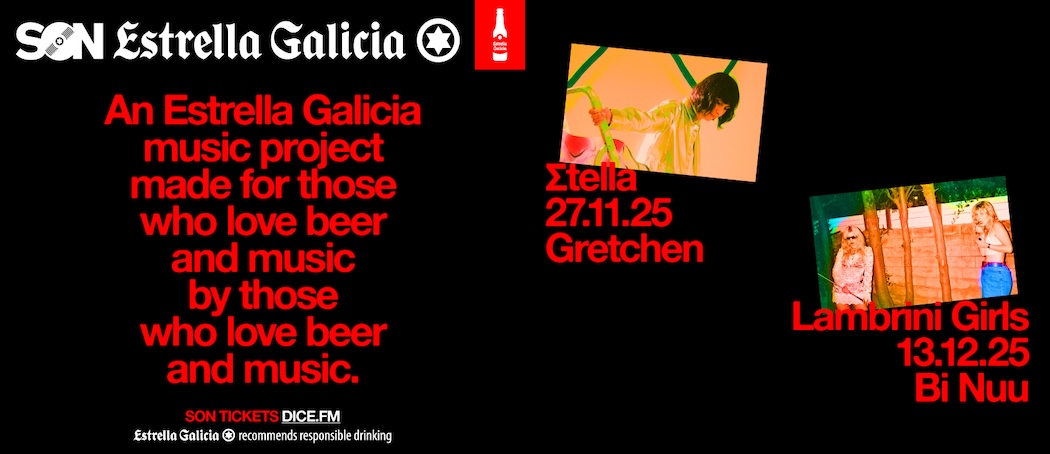A KALTBLUT exclusive. Postmodernaffairs provides building blocks for contemporary communication. Through an interdisciplinary and concept-driven approach, the studio works at the intersection of fashion, art, design, and technology, aiming to convey complex messages effectively and memorably while bridging mass, pop, sub, high, and net culture.
In collaboration with Milan-based artist Arisha, this editorial explores the contrast between spiritual depth and urban surface. The series presents cleaner, dreamlike visuals that resist melancholy while reaching toward a heightened sense of presence, creating tension between sacred motifs and the everyday surroundings of Milan. The cinematic postproduction process included 3D sculpture creation and particle simulations in TouchDesigner and After Effects, with carefully crafted transitions using distortion and glitch techniques. 3D face tracking was used to animate symbols beneath the skin, blending realism with surreal narrative elements in a layered visual language.

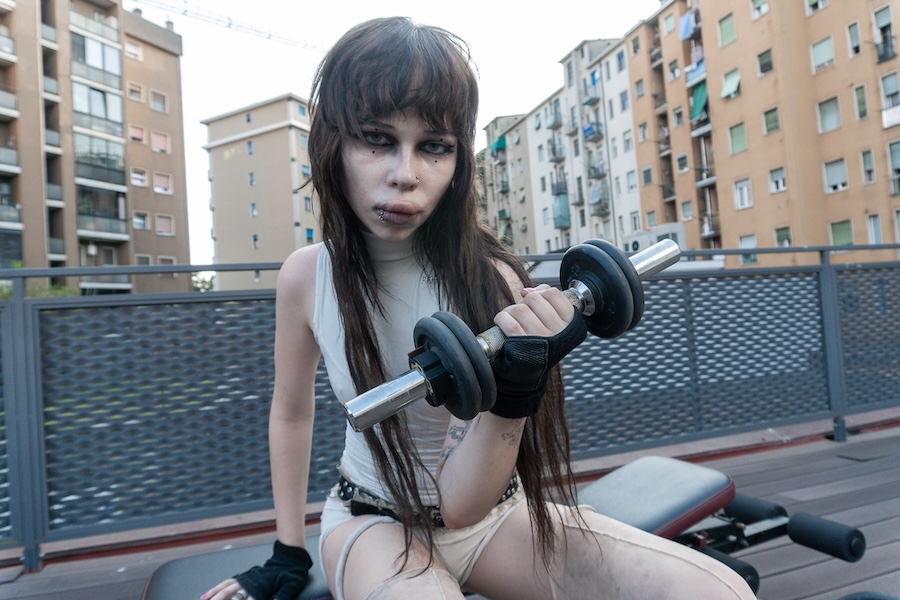
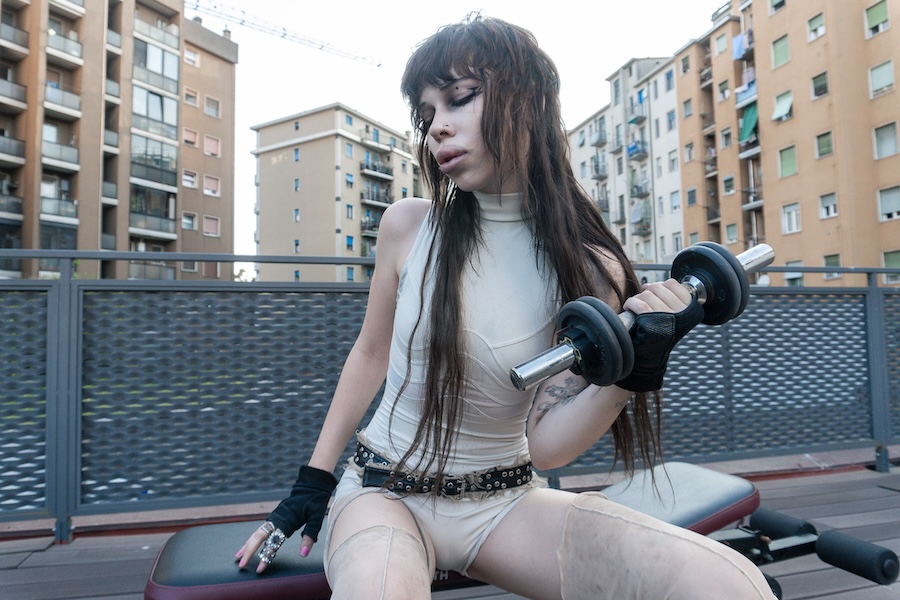

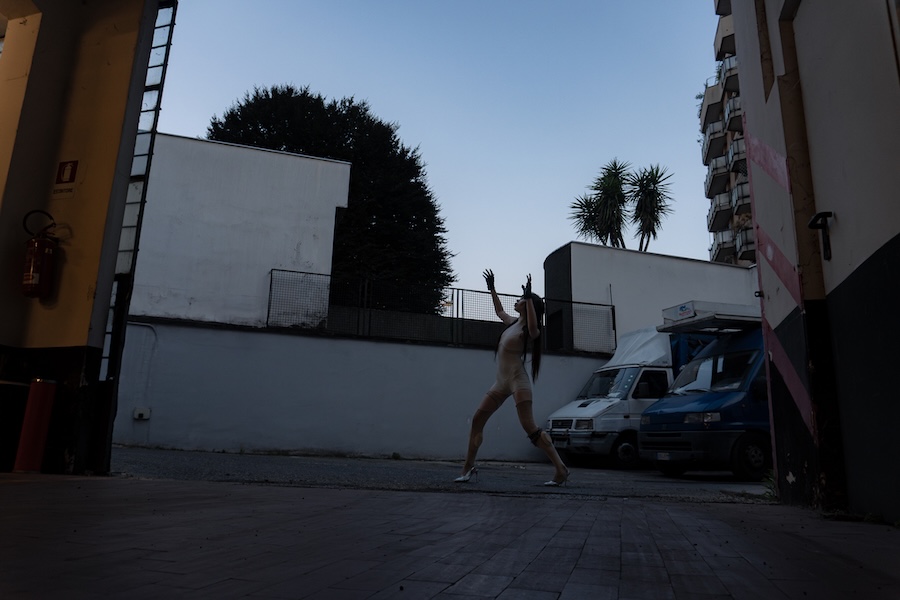

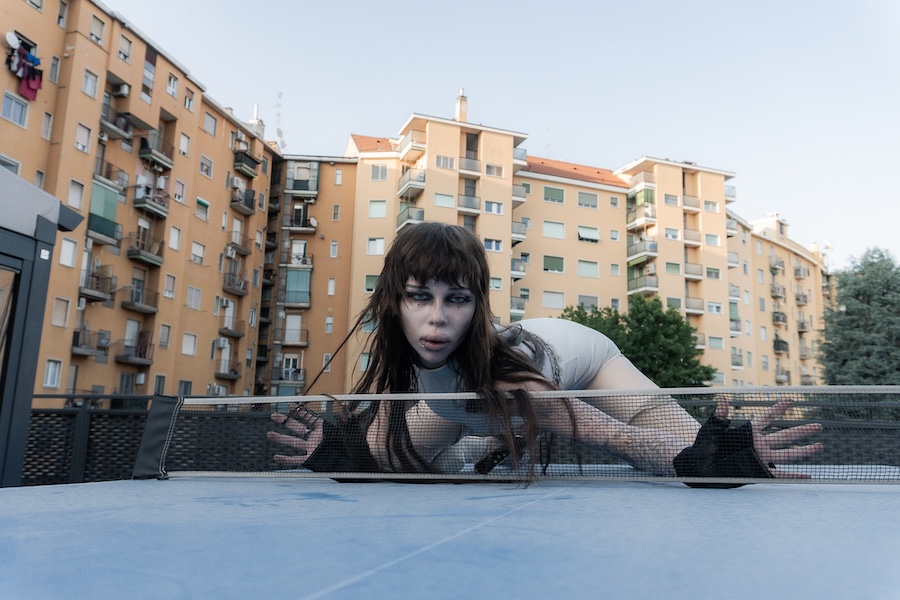

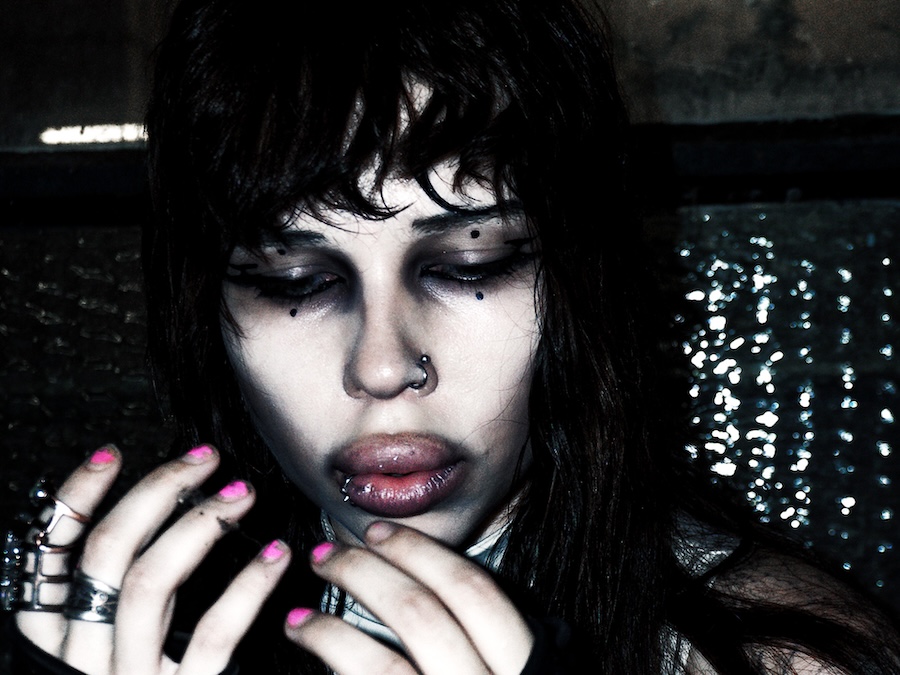

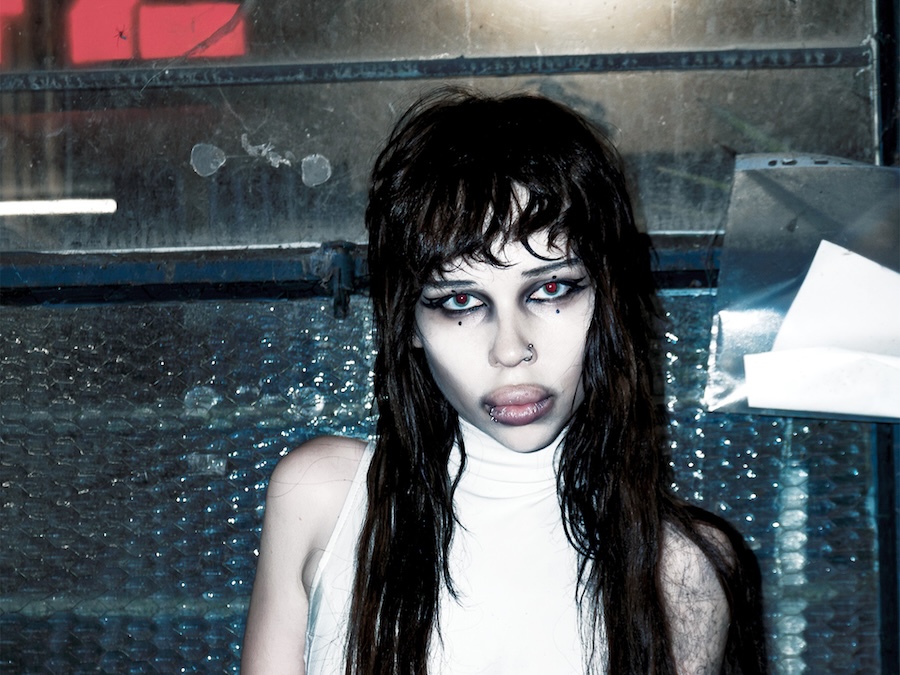
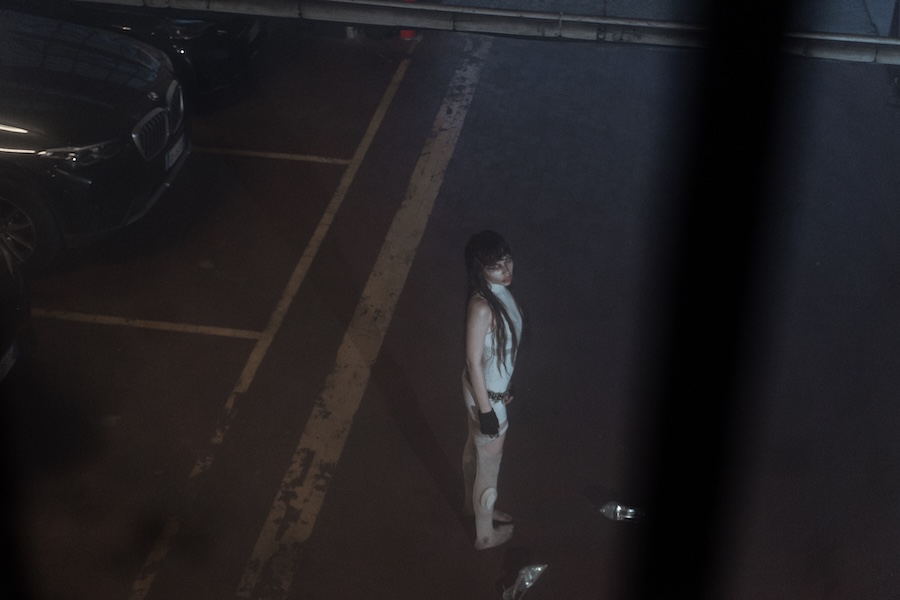
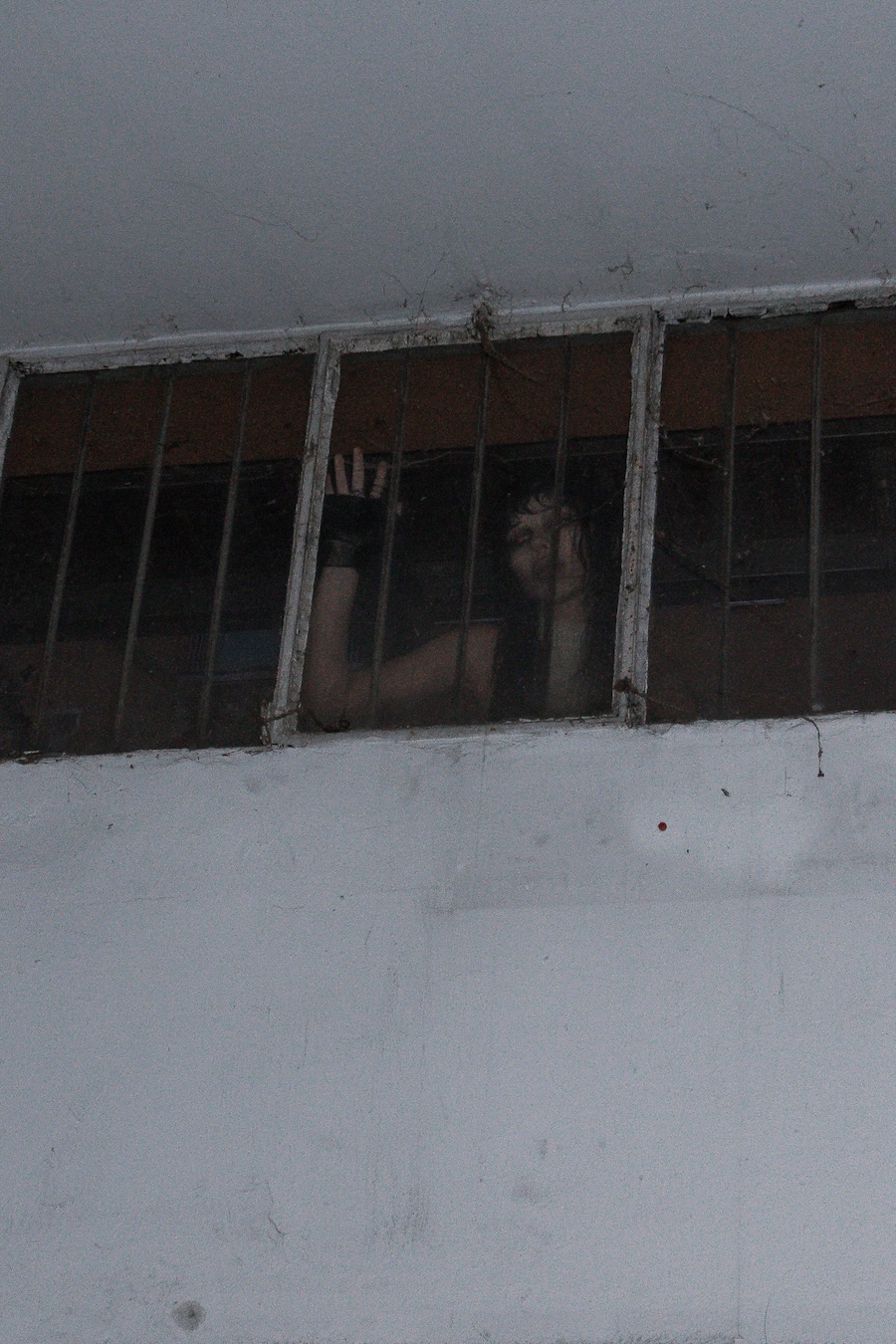
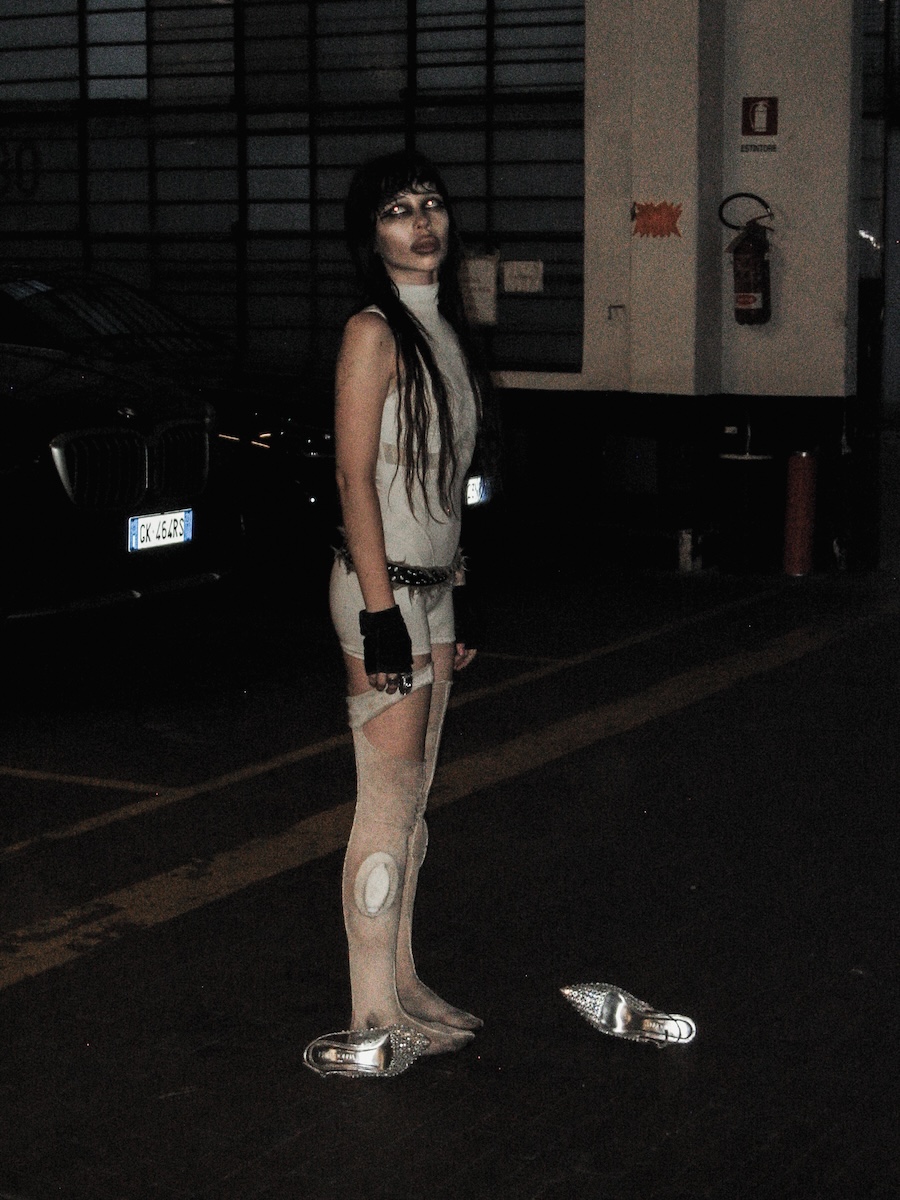

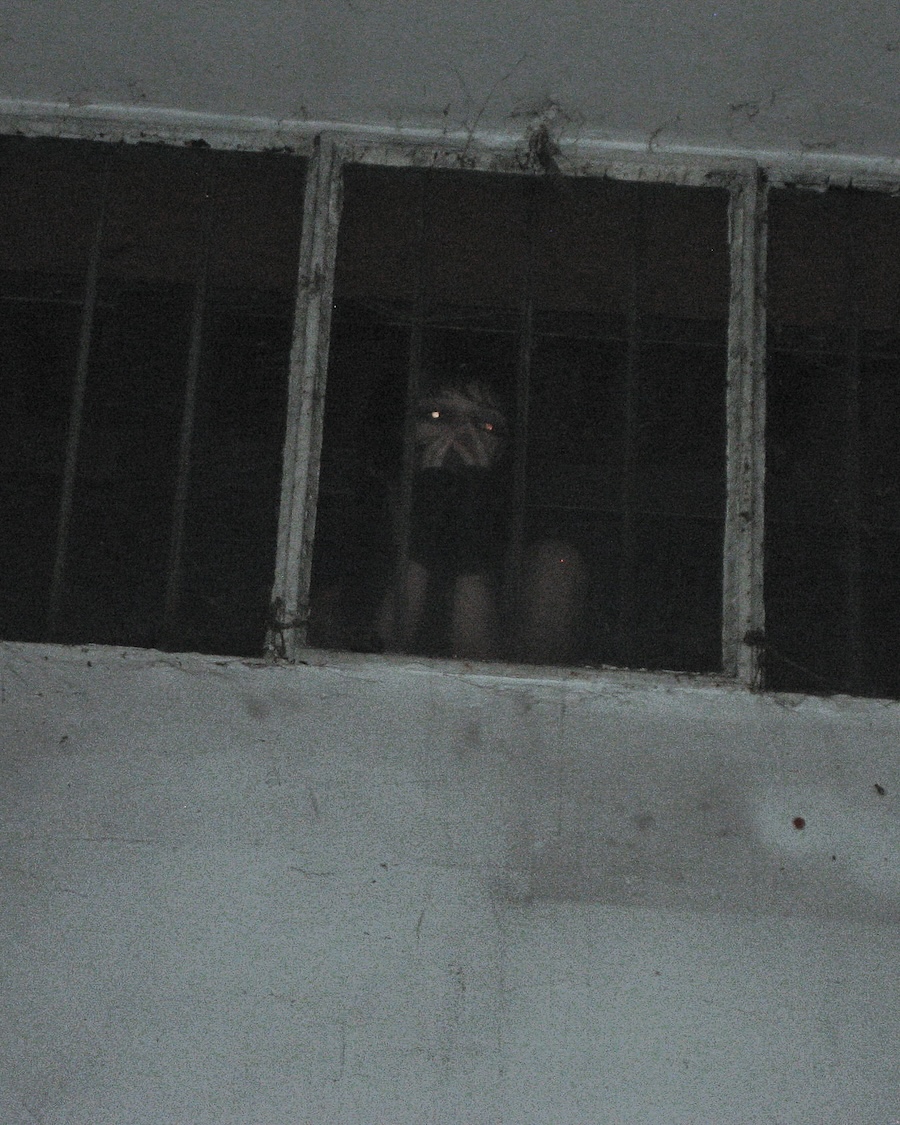
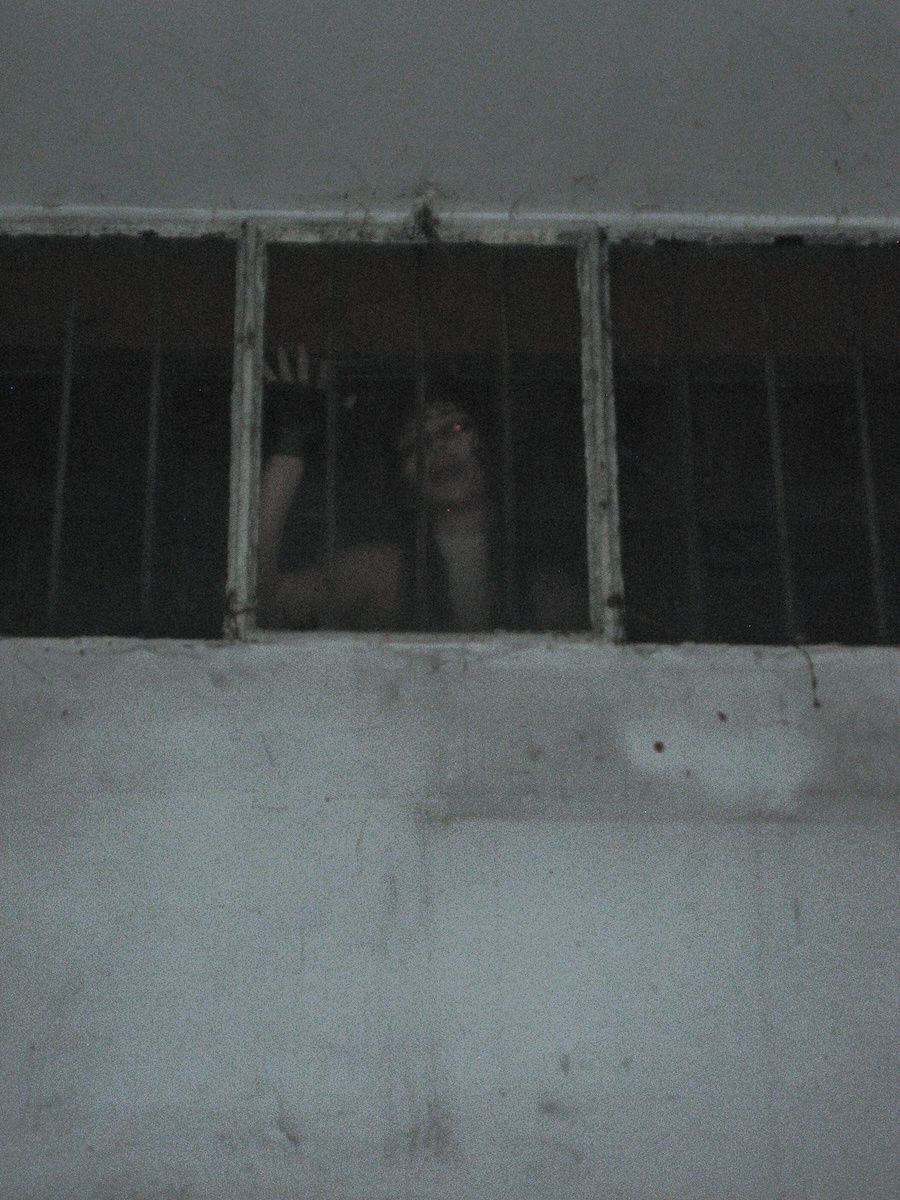

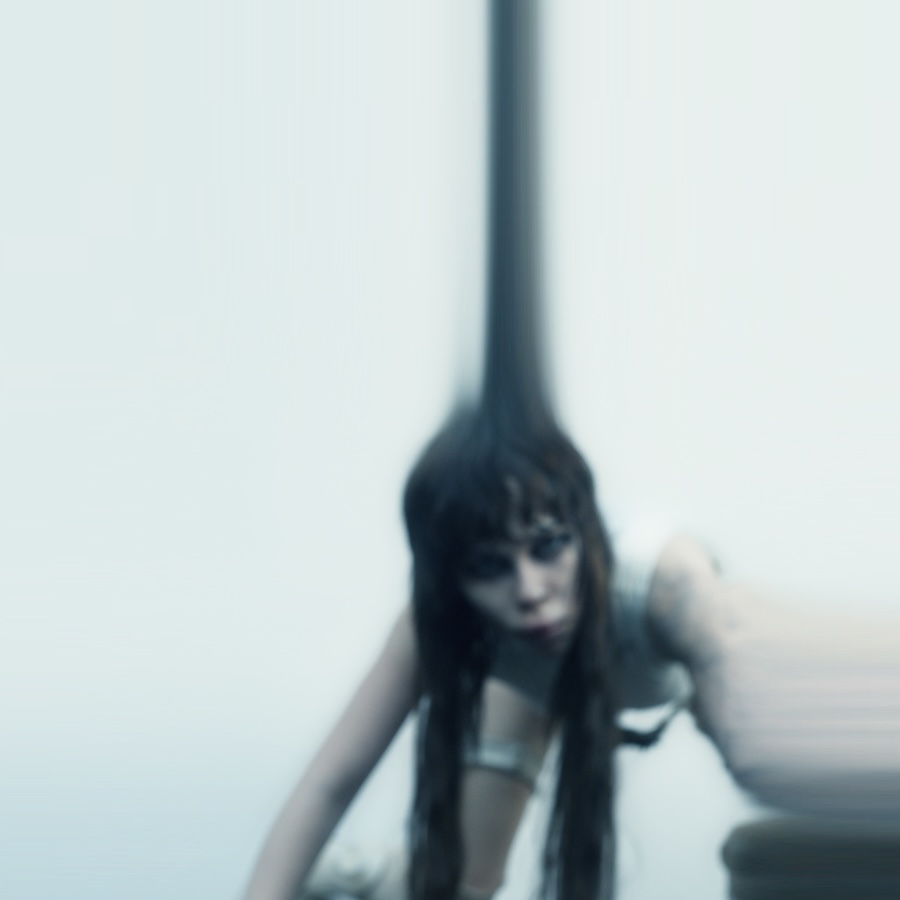


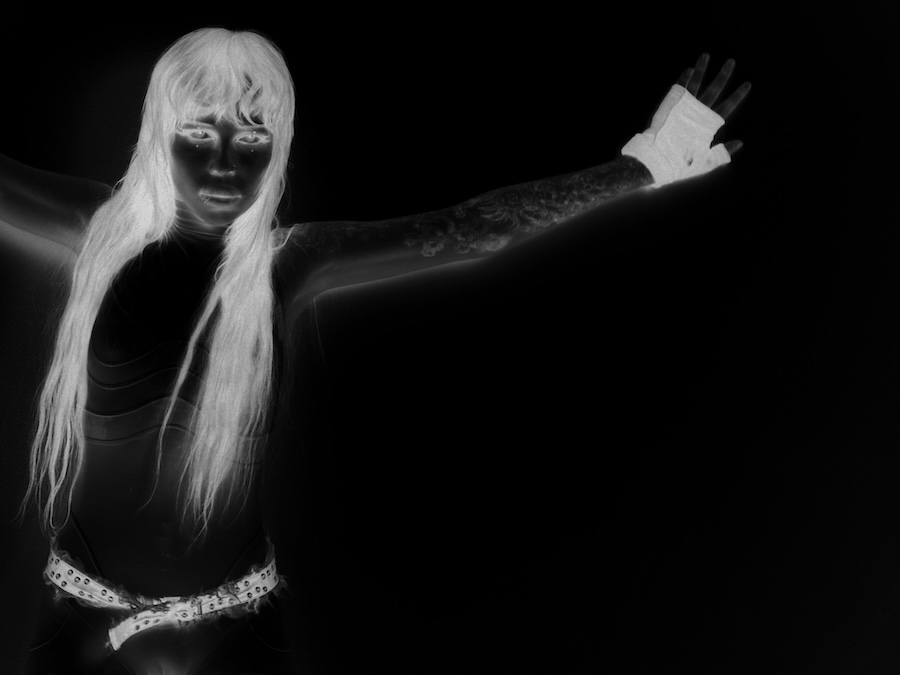
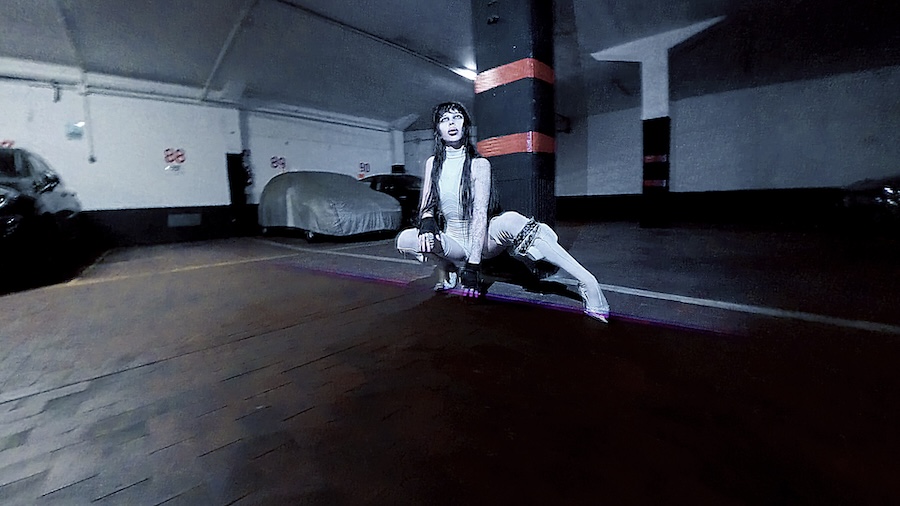

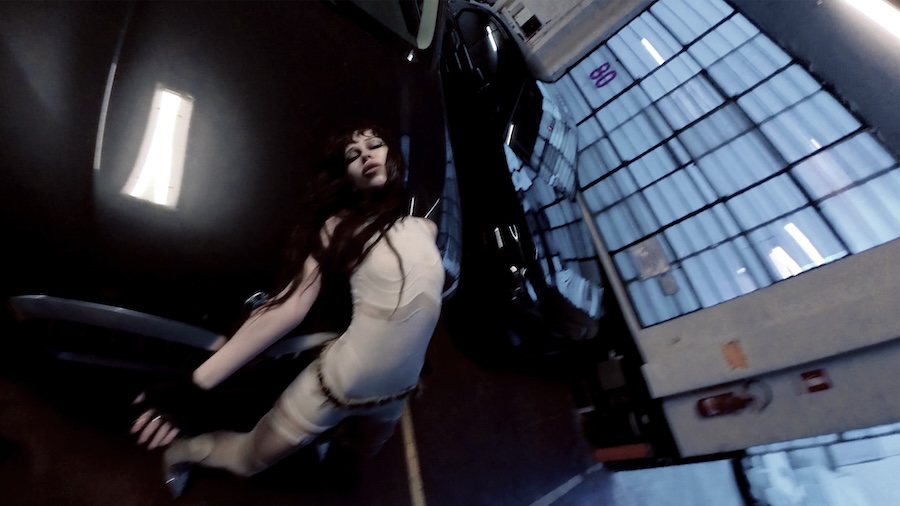
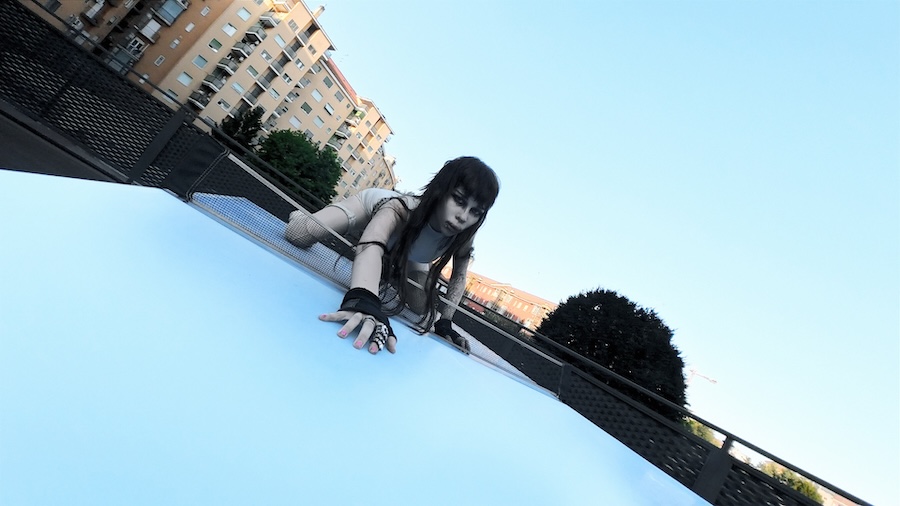

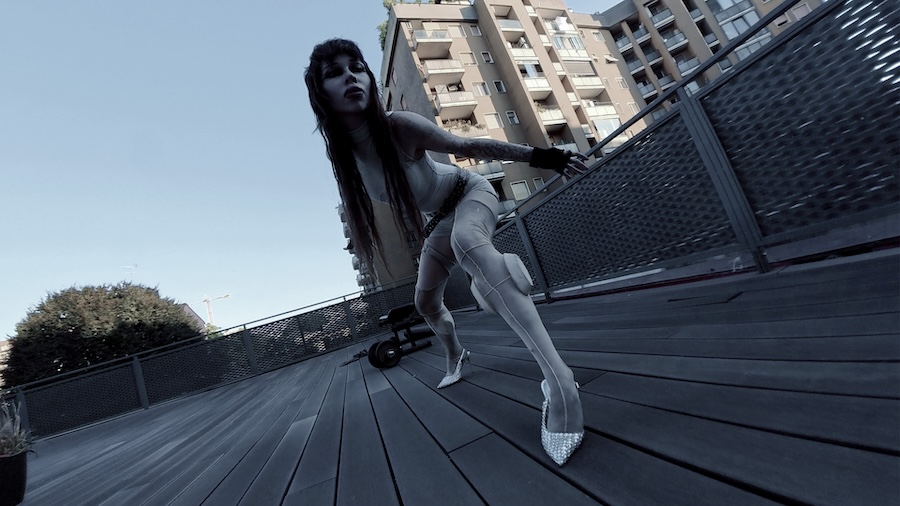

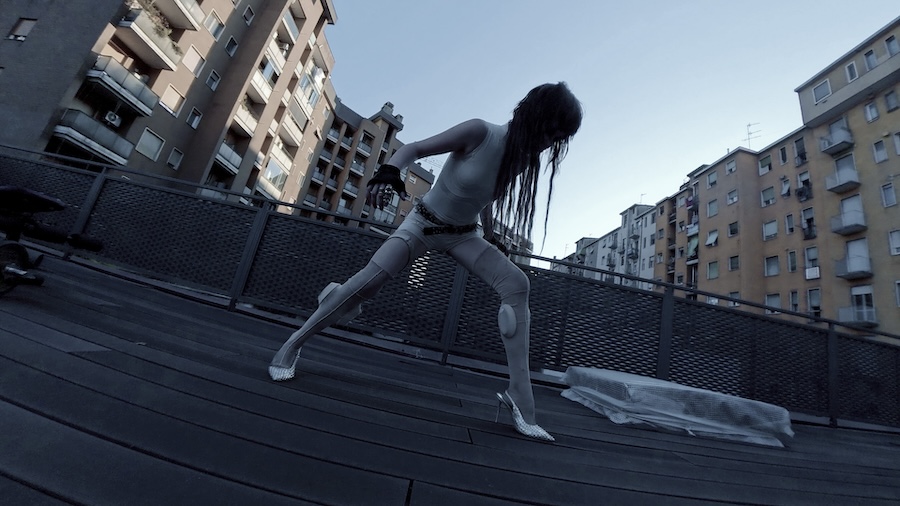
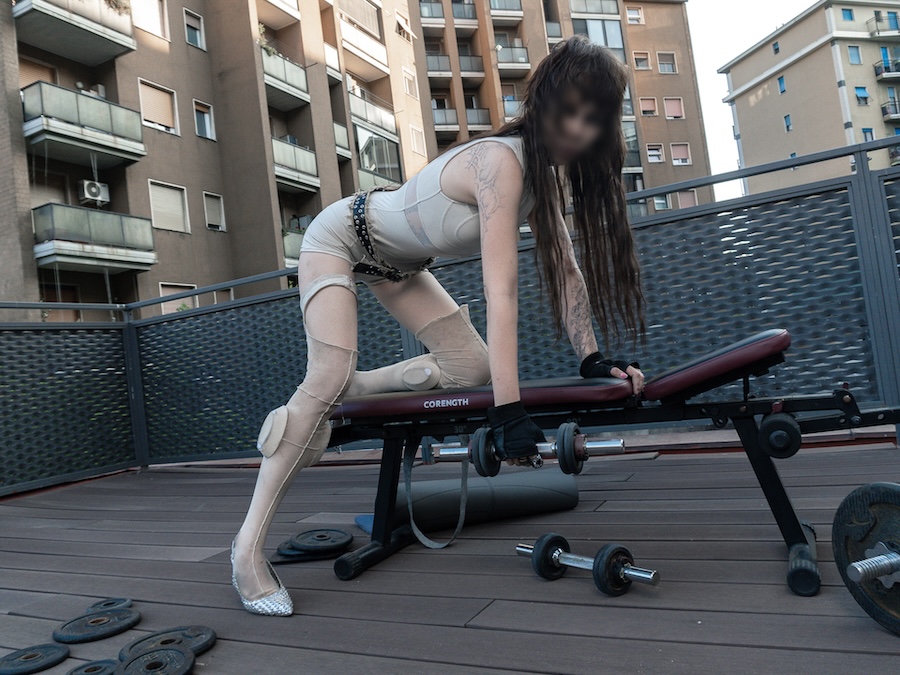
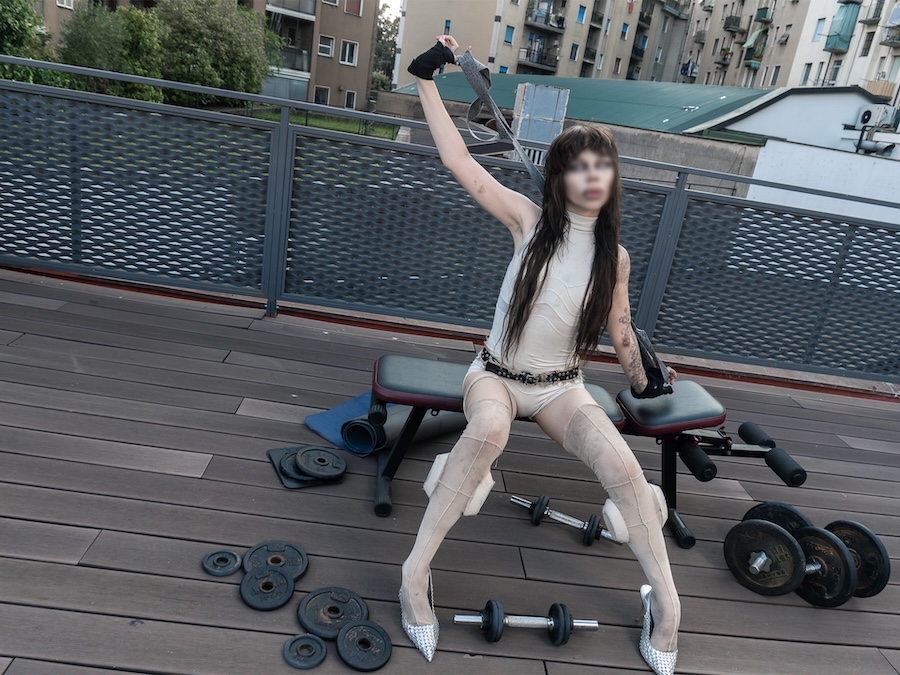
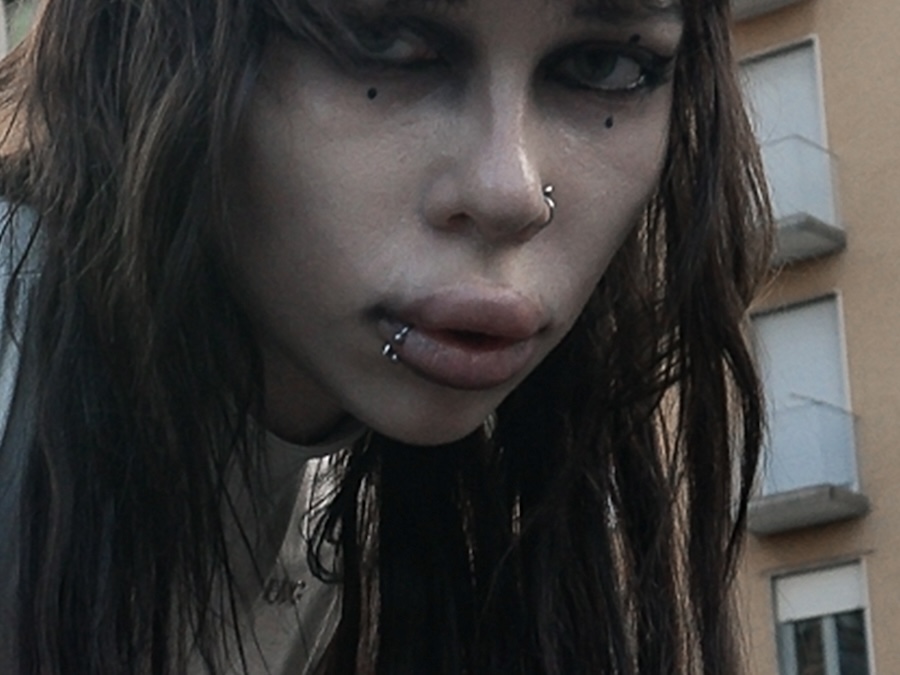
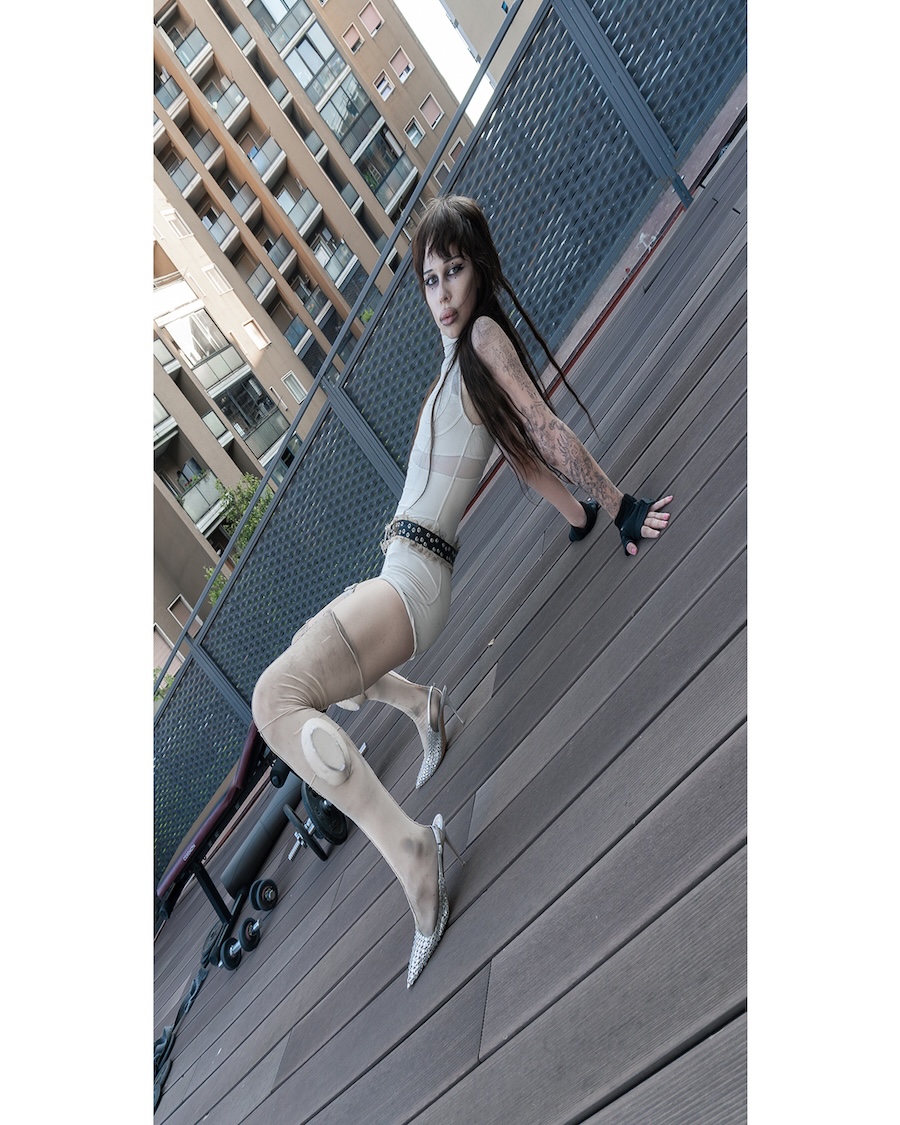
Art Direction by Office for Postmodern Affairs www.postmodernaffairs.com @postmodernaffairs
DoP/Editing by Leon Bauder @leon_bauder
Camera by Armin Schneider @arminwave, Marcel Nicol @exp.economy
Talent is Arisha @sfwrry
Original Music by Armin Schneider @arminwave, Marcel Nicol @exp.economy
VFX: Leon Bauder @leon_bauder
Brand used: FENG SYSTEM @feng.system
“OFPA: Back in Modernist times, you either identified as a painter, a sculptor, a musician, a photographer, or maybe a filmmaker. The medium was chosen first. An artist’s identity was typically based on the medium in which they worked. The message of an artwork, what to paint, what to capture, what melody to write, that was the main decision to be made. If the chosen message would be conveyed more effectively by another medium, it was a question rarely asked by the artist.
With the emancipation of art itself from the “arts” or else “art forms”, the progress from modernism to post-modernism was to be made. On the one hand, it changed the paradigm of art reception, but also fundamentally changed the concept of an artwork in a categorical way. The medium is now a crucial part when conveying a message to an audience; therefore, multi-medial and interdisciplinary workflows are now a given. Communication through a variety of references across pop-, sub- and internet-culture, likewise visually referencing architecture and fine arts, while conceptually conveying ideas from literature, philosophy and sociology, replaced the failed attempt of the avant-garde movements to progress by simply being more radical in their ideas.
Office for Postmodern Affairs, as a full-service creative production company, provides building blocks for contemporary communication. The interdisciplinary approach supports the positioning within the pop culture-driven media landscape. Our guiding principle is to communicate complex messages effectively and memorably, while actively shaping the links between mass, pop, sub, high, and net culture. We therefore offer a variety of services in the visual and auditory realm.
From conceptualising to shooting, up to the postproduction and finalisation of visual assets of all kinds, we guide you through the process while making sure to communicate your message in the most effective way possible. These assets include 3D renderings, VFX and editing (increasingly using AI), editorial fashion shootings, full-service video productions (solo or with full team), runway shows, concerts, events, image campaigns, music videos, and more. In these fields, we focus especially on creative and art direction, and stand out through our experimental production style — both visually and musically.
Our work in the auditive realm ranges from sound design for art installations, fashion shows and of course all the visual assets we produce, to working in songwriting and production sessions with artists all across Europe, as well as working remotely with North and Latin American artists as well as South Korean artists, distinguishing ourselves from other producers and writers by our workflow heavily based on modular and hardware synths.”
